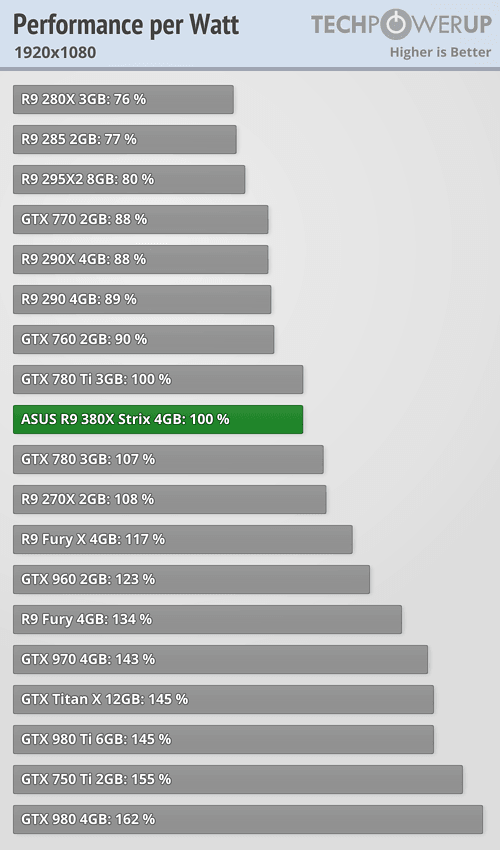- Nov 4, 2015
- 148
- 66
- 66
I find it interesting how much Tonga's performance has stagnated since its release akin to Hawaii which has gotten much stronger. Could it be that despite the GCN 1.2 ISA, Tonga didn't need to be optimized as much Hawaii as it's really just a slightly modified Tahiti?
7970 GHz VS 290
http://www.anandtech.com/bench/product/1031?vs=1068
290 VS 285
http://www.anandtech.com/bench/product/1333?vs=1068
390 VS 380X
http://www.anandtech.com/bench/product/1592?vs=1594
In the first comparison, the R9 290 doesn't pull that far away from the 7970 GHz. But in the second and third figures, the difference becomes far more pronounced...
7970 GHz VS 290
http://www.anandtech.com/bench/product/1031?vs=1068
290 VS 285
http://www.anandtech.com/bench/product/1333?vs=1068
390 VS 380X
http://www.anandtech.com/bench/product/1592?vs=1594
In the first comparison, the R9 290 doesn't pull that far away from the 7970 GHz. But in the second and third figures, the difference becomes far more pronounced...



